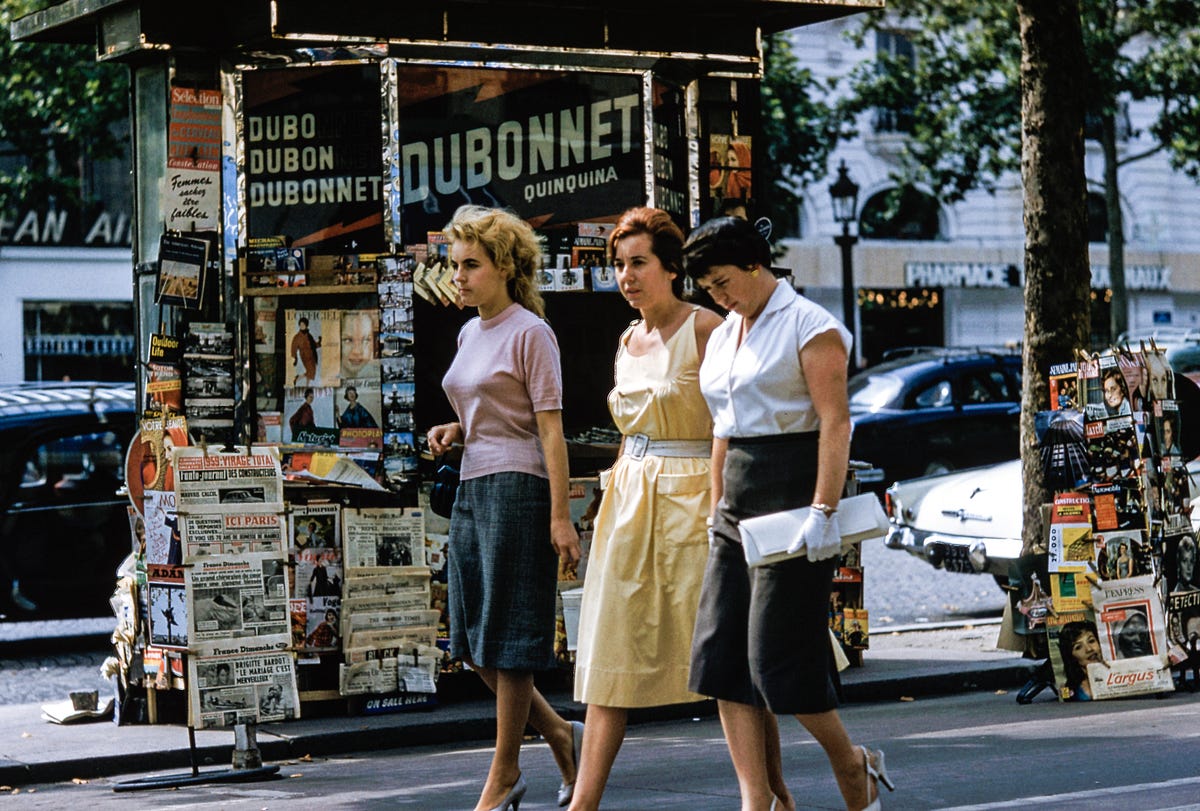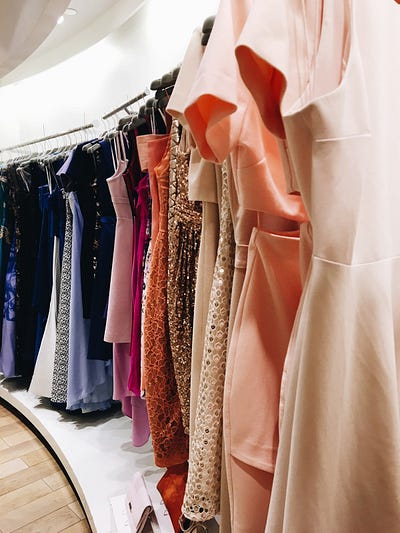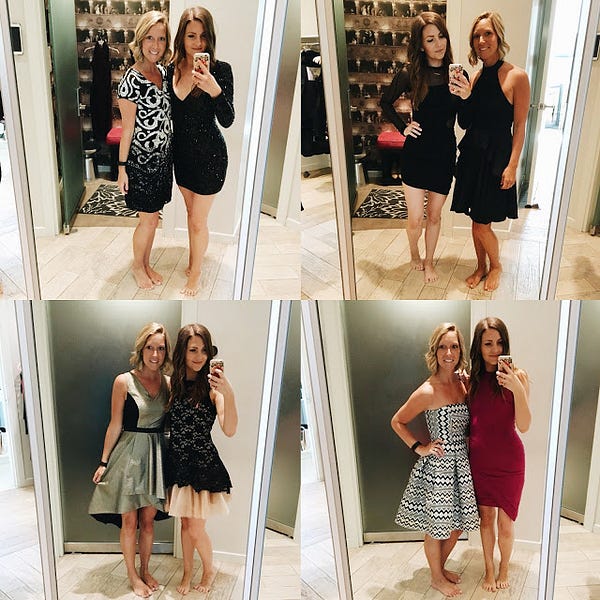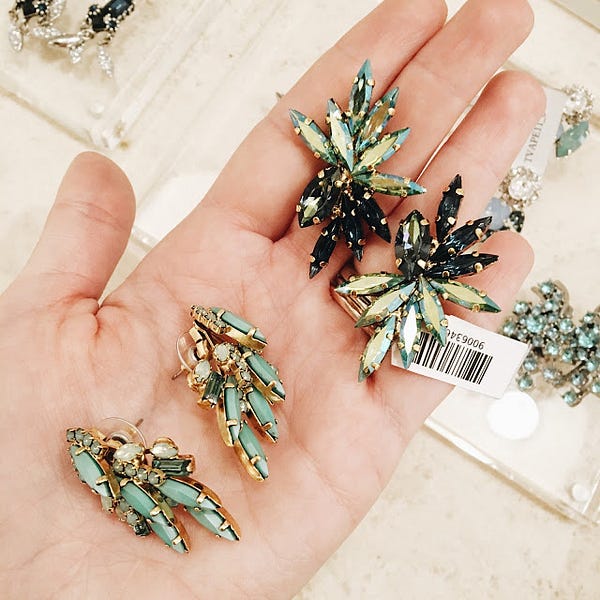The old brand model started at customer personas. The new model now begins at user evolution.
We’re seeing a change in the modern consumer that our current brand frameworks aren’t capable of addressing.
What best defines your brand’s target market isn’t demographics, income level, hobbies, social circle, attitudes, political leanings, past purchases or other traditional qualifiers of the ubiquitous customer persona framework.
All of those labels indicate a state of being.
They are static in place and time. They are two-dimensional labels that, while helpful in adding context to outline your user within, fall short of providing the real depth your brand needs to get to — the ‘user evolution’.
The user evolution refers to the transformation that your customer is undergoing.
One or two generations ago, transformation had a time and place. A job promotion, salary raise, first child, first home or becoming an empty nester were finite moments of transformation that changed the customer’s buying habits and brand loyalties.
But today, none of those rules stand.
Today, we work in ever-evolving co-working meccas where the people sitting around us are different from the beginning of the week through the end. Today, we combine 23andMe results with customized supplement stacks for daily experiments in cognition and output.
Today, we reveal ourselves in the micro-content we publish on an hourly basis, increasingly create our own job titles, and regularly move between diets and juice cleanses.
We walk into a SoulCycle, Crossfit, Anger Room or bootcamp one person, only to emerge a spiritually uplifted human being an hour later.
If you had to take a second look at what truly defines us as consumers, it’s clear that we are experimenting, testing, pushing, changing, discovering, formulating, creating and effecting. It is the level and type of transformation that defines us more than anything else.
All of these new labels indicate a state of becoming.
As I spent the last year traveling the world, speaking to millennial consumers and the brands that court them, I kept hearing the same thing over and over from people when I asked them to tell me a little about themselves.
“I’m writing a novel.”
“I’m trying to get to 5k followers.”
“I’ll be blogging from Australia next year.”
“I’m fundraising for my new startup.”
“I just started keto.”
Whether it was Zurich, London, Paris, New York, Hong Kong or Tokyo — people didn’t tell me who they were. They told me who they were turning into.
Your user today is constantly growing into someone new, in every moment of every day.
Our new state of being is actually a state of transformation, and we need to understand how the user got here in order to understand how to speak to them.

The Step Ladder That Turned Into A Treadmill
I remember being in graduate school eight years ago and learning about life cycle marketing for the first time.
Created in the 1960s by Wells and Gruber, it asserts the notion that people are more likely to try and change brands during major life pivots and milestones.
People advance through a family life cycle over the course of a lifetime. Their needs change as they pass through these different stages.
Thus, a bachelor is likely to be more interested in some kinds of purchases than a married woman would be. Practitioners of the life cycle marketing approach take these differences into account.
Even then, the concept felt like a revelation, but at the same time, like the artifact of a bygone 1960s era.
As general wealth spread through the US and more and more individuals moved up the hierarchy of needs, our relationship to the world around us started to change.
As I’ve written about before, the major milestones of marriage, homeownership and child raising have either moved or dissolved altogether for millennials.
Moreover, the institutions we once outsourced our decision-making to, like college, the corporate ladder and government, have started to crumble.
So what happens when the reputations of these once unchanging, external brands start to weaken?
The consumer becomes the expert. The consumer becomes the authority. The consumer becomes the agent of change.
The consumer is now the brand.
… and the products and services he or she consumes turn into vehicles for supporting that personal brand.
Enter the Experience Economy — the exciting predecessor to the even more exciting Transformation Economy.
B. Joseph Pine II and James H. Gilmore first wrote about the Experience Economy in 1998 (a concept now widely known as the shift away from a service-based economy to one where customers seek enjoyable experiences over products… and published far ahead of it’s time).
They later introduced the subsequent Transformation economy —an economy where experiences are elevated from mere enjoyment to actual personal transformation — and the age in which we are living in now.
We seek those transformative experiences around us, through brand activations like Nike’s personalized sport, apps like Headspace or health and wellness cruises like Celebrity Cruises’ “Mindful Dreams” voyages.
But it goes further than that now.
It’s been my observation that we’ve come to internalize the transformative experience so deeply, it is now an ever present existence in our hearts and minds.
Transformation is the new baseline.
It’s why a runaway hit brand like The Ordinary doesn’t just sell beauty formulations, it practically (and literally) forces you to turn into an amateur dermatologist in the process.
When the transformation economy takes hold, old rules around selling become meaningless.
It frustrates luxury brand directors.
It frustrates premium tech, CPG, commodity and B2B brands, too.
I found myself on stage in New York recently, speaking to a group of such executives at Luxury Daily’s First Look trends conference for 2018.
The very last question posed to me on my panel — the one that I hoped wouldn’t be asked, because I knew people wouldn’t like my answer — came from someone in the front row who said,
“Shouldn’t premium and luxury brands reclaim the exclusivity and rarity they’ve lost to social media and other forms of over-exposure, and pull back?
Wouldn’t you agree that many luxury brands have lost their edge because they’ve made themselves too accessible? Too available to the public?”
In other words, she was asking me if the luxury consumer persona was longing for a return to good old luxury values.
My answer was no.
Not only was that sentiment incorrect, it was posing the wrong question altogether.
The real question is, “where does authority come from in a Transformation Economy?”
It comes from within the consumer. Where they once looked outward for authority, they now look within themselves.
Transformation, ultimately, comes from within. So does the authority to dictate the terms of that transformation.
That’s why users rely on brands (especially luxury brands) less and less to tell them what the true luxury experience should be.
It’s why we have high-low fashion taking hold for the first time, and premium sharing economies like Rent The Runway making that transformative experience available well outside the confines of old socio-fiscal rules.
The step ladder of social progression has now turned into a treadmill.
In the 1960s world of Wells and Gruber, social and economic classes had clear steps between them, divided with plateaus and vertical climbs, and leading to a final ascent. You got a job, got a raise, got new access, and then repeated the process.
But to experience the consumer world of today feels more like a treadmill. No plateaus, just the constant feeling of ascent which may or may not need to lead anywhere.
The step ladder is easy to brand for. The treadmill requires more dexterity.
When we move from the step ladder to a treadmill, we move from being to becoming, from customers to users, and from personas to evolutions.



The User Evolution
Transformation is different from a typical experience because it is usually tailored to the individual, and leaves the individual perceptibly changed afterward.
Transformation is:
- The thrill of growth
- Personal achievement
- The experience of change
- Being able to look back at a different version of oneself
All of these can exist on grand and lofty scales (like Airbnb), or in small and mundane moments (like Harry’s disposable razors).
As noted by Mark Bonchek and Vivek Bapat, the smartest direct-to-consumer brands have already figured out that customers may buy things, but users experience things on a deeper level… and that comes from how a brand creates context within the user’s life.
We suspect that the nature of their products, culture, and business model leads them to more of a usage mentality. They think of customers less as one-time buyers and more as users or members with an ongoing relationship.
That relationship (or context) comes from meaning.
Users impute meaning onto a successful brand because they share a transformative belief.
- Harry’s razors has a transformative belief not about shaving, but about what it means to be a man
- The Ordinary has a transformative belief not about beauty, but about who has the right to be a beauty expert
- Airbnb has a transformative belief not about travel, but about belonging in this world
Personas are static. They’re filled with descriptive labels that fail to tell us what really makes a user tick.
The deeper beliefs we’re looking for are very hard to find in a typical persona framework.
But it’s not impossible.
Instead of a snapshot of a person, we need to understand their constant evolution.
A simple way to hit at the heart of what matters is to simply ask ourselves, “What transformation is our user going through/ wanting to go through/ starting to go through?”
“What treadmill are they on?”
“What is the constant transformative feeling they are looking to create in their lives?”
“Who are they becoming everyday?”
“What evolution are they experiencing right now?”
“How do they use our products during the evolution experience?”
If you really push yourself to answer those questions, you’re going to find something very interesting.
Your personas won’t neatly categorize by gender, age, income or any other typical bucket anymore.
Instead, they will categorize by mentality.
Rent The Runway is speaking to Amy. Amy is of the mentality that being a strong woman means showing every side of yourself, whether it’s the playful 20-something at brunch with friends, the serious entrepreneur at WeWork, or the flower child at Coachella.
She is going through the evolution of embodying all of her selves… and believes in the authority she has to move between identities and to transform into who she wants, whenever she wants.
She’s 29 years old, just quit her 9 to 5 job to start her own company, and lives in a metropolitan area.
Amy sounds specific, but Amy could be anybody.
Amy is me (a 36-year old woman rediscovering the many sides of herself as she becomes more comfortable in her identity), she is my mother (the 59-year old schoolteacher whose many sides have blossomed with maturity), and she is my male cousin (whose many sides have only become socially acceptable in the new age of the metrosexual man…if Rent The Runway ever decides to release a men’s offering).
Amy isn’t a target in and of herself.
She is representative of a mindset.
She is a symbol of the human evolution that the brand is speaking to, and an authoritative mindset that the brand fits within.
The mentality is a much stronger signal than any demographic could be.
When you understand the mentality, you understand where the user evolution needs to go.
… and that is a very good place to start your brand strategy.




